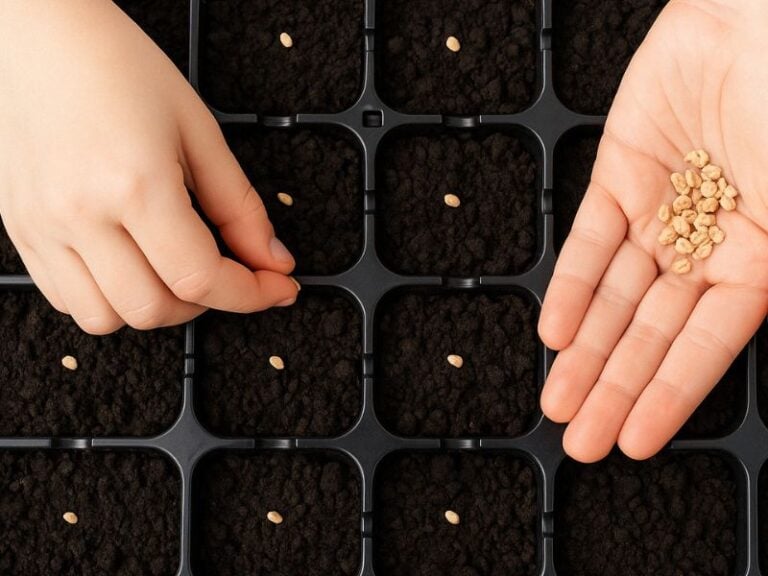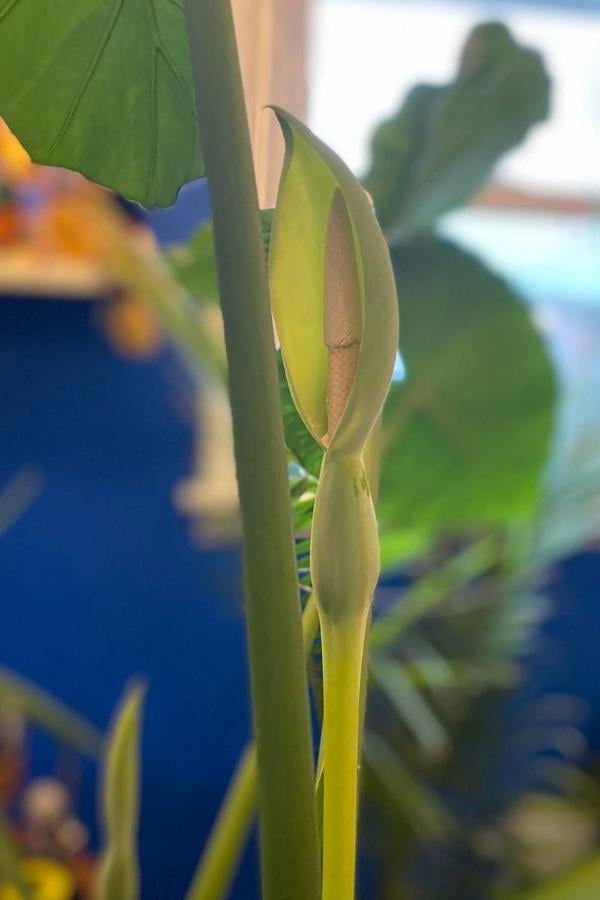Hydrangea brightens up gardens and streets, especially during the rainy season, turning the otherwise damp and dreary atmosphere into a refreshing experience. But did you know that these captivating blooms could be poisonous?
Don’t worry—I’ve gathered all the need-to-know information about the toxic components of hydrangeas, the symptoms, and how to deal with them.

Contents
What Is a Hydrangea? What Kind of Plant Is It?
Hydrangeas are deciduous shrubs native to Japan, China, Taiwan, and North America. These plants typically grow to a height of 3 to 6 feet (1–2 meters), boasting glossy leaves with distinct veins.
Between May and July, they bloom in shades of pink and blue. Their resilience in wet weather makes them synonymous with the rainy season. Historically, hydrangeas have been cherished as the emblem of the rainy season which frequently serve as popular hydrangea-viewing time.
What Makes Hydrangeas Poisonous?
The jury’s still out on the full extent of hydrangeas’ toxicity. However, some poisonous varieties have been confirmed.
According to research by Kyoto Pharmaceutical University, hydrangeas from China’s Sichuan Province were found to contain toxins. So, it seems the presence and type of poison can vary depending on the species and individual plant.
So far, the identified toxic substances include “cyanogenic glycosides,” a plant-based poison, as well as “antimalarial agents” and “emetic alkaloids.” The cyanogenic glycosides were confirmed by multiple researchers who studied hydrangeas.
Given that hydrangeas come in various species and each individual plant can differ, it’s best to proceed with caution. Whether you’re gardening or just admiring these beauties, it’s good to know the facts to keep both you and your green space safe.
Which Parts of Hydrangea Should Be Careful About Toxicity?
Be Careful of the Toxic Parts of Hydrangeas When it comes to the toxicity of hydrangeas, most past cases have involved the leaves. This is because some hydrangea leaves are actually edible.
In China, they even use hydrangea leaves as medicine. However, this doesn’t mean it’s a frequent remedy, since consuming it can still result in toxic symptoms.
Signs of Hydrangea Toxicity:
- Vomiting: If you consume hydrangea leaves, you might end up with symptoms like vomiting. Though this is a major indicator, it usually shows up when the poisoning is quite advanced. Early on, you’ll notice milder symptoms that you might just brush off as “feeling a bit off.”
- Dizziness: One of the initial symptoms is dizziness. The toxic compounds in hydrangeas, specifically cyanogenic glycosides, tend to affect the nervous and vascular systems. Besides dizziness, you might also feel shortness of breath, anxiety, or an unusual racing heartbeat.
- Facial Flushing: Another symptom affecting the vascular system is facial flushing, along with abrupt changes in blood pressure and sweating. If you experience these symptoms along with vomiting, chances are you’ve consumed hydrangea leaves and are showing mild signs of poisoning.
Adult Cases of Hydrangea Toxicity
Case One In a famous case in Japan, a restaurant added hydrangea leaves to dishes for “seasonal flair.” Eight out of ten people who ate the leaves suffered severe symptoms like nausea within 30 minutes.
While there were no life-threatening outcomes, everyone recovered within 2-3 days. However, the restaurant faced a shutdown from the health department.
Case Two In another incident, a man who ate hydrangea leaves placed under a rolled omelet started to feel unwell 30 to 40 minutes later. His symptoms included vomiting and facial flushing.
It’s easy to assume that if a leaf is added to a dish, it must be safe to eat. However, let’s not be too careless, especially with unfamiliar ingredients.
Toxicity levels and lethal doses are determined per pound of body weight. If you’re dining out with children, make sure to keep an eye on them to prevent any accidental ingestion of unfamiliar ingredients.
Concerns About the Toxicity of Hydrangeas for Animals
Should You Worry if Your Pet Dog Eats Hydrangea Leaves?
The toxicity of hydrangeas first came to public attention when symptoms like stumbling, agitation, and seizures were observed in animals like horses and cows that had eaten the plants.
Animals, especially dogs, often eat leaves, so they’re at a higher risk of being affected. If you’re like me, the thought of your pet dog eating hydrangea leaves and showing symptoms of poisoning is a real concern.
What to Do if Your Dog Gets Poisoned by Hydrangea
If this happens, first check how much your dog has consumed. Take your dog to the vet immediately. If possible, bring along some of the leaves your dog has eaten; it will make it easier for the vet to determine the cause and treatment for the poisoning.
The best preventive measure? Train your dog not to eat plants during walks. Even better, change your walking route to steer clear of hydrangeas. Trust me, these simple changes can work wonders in protecting your beloved pet.
Can Eating Hydrangeas Lead to Death?
The lethal dose depends on the person’s weight and the amount of toxic components ingested. The specifics of hydrangea poisoning are still unclear, but no deaths have been reported from hydrangea consumption.
No Recorded Deaths from Hydrangea Poisoning
In the USA, there are no reported deaths from hydrangea poisoning. Even in cases where adults ate hydrangea leaves directly and showed symptoms like vomiting, they fully recovered within about three days.
So, it’s safe to say that eating one or two leaves is unlikely to be lethal for a grown adult.
Key Takeaways
As of 2019, the belief that cyanogenic glycosides are responsible for hydrangea toxicity has been largely debunked. It’s not that a different toxic component has been discovered; rather, it’s that the toxicity remains unclear.
The leaves may contain some components that can cause poisoning. While adults can take precautions, extra care is needed for children and pets who might unknowingly ingest the leaves.






